Frigidaire 36 in. 25.6 cu. ft. Side by Side Refrigerator in Stainless Steel, Standard Depth
EvenTemp Cooling System. Fresh Storage Crispers. Large Capacity with Flexible Organization. Bright LED Lighting. PurePour Water Filter. Cubed/Crushed Ice Dispenser.
This Frigidaire 36 in. Side-by-side refrigerator offers our EvenTemp Cooling System which reacts quickly to temperature fluctuations and constantly circulates cold air throughout the fresh food and freezer compartments, ensuring a consistent cool from top to bottom. PureSource 3-filtration gives you great-tasting clean water and ice. Bright Lighting in both the refrigerator and freezer compartments makes it easy to see what’s inside.
- EvenTemp Cooling System
- Fresh Storage Crispers
- Large Capacity with Flexible Organization
- Bright LED Lighting
- PurePour Water Filter
- Cubed/Crushed Ice Dispenser
- Power Failure Alarm
- Door Ajar Alarm
- Freezer: Automatic Defrost
- Refrigerator Air Filter
- SpillSafe Shelves
Additional information
| Depth (Excluding Handles) (In) | 32.5 |
|---|---|
| Depth (Including Handles) (In) | 35 |
| Depth (Less Door) (In) | 28.75 |
| Depth With Door Open 90 Degrees (In) | 50 |
| Height to Top of Door Hinge (in.) | 69.875 |
| Height to Top of Refrigerator (in.) | 68.625 |
| Product Depth x Height x Width (in.) | 35 x 69.875 x 36.125 |
| Refrigerator Width (In.) | 35.875 |
| Certifications and Listings | NSF Certified,UL Listed,cUL Listed |
| Manufacturer Warranty | 1 Year Limited Parts & Labor |

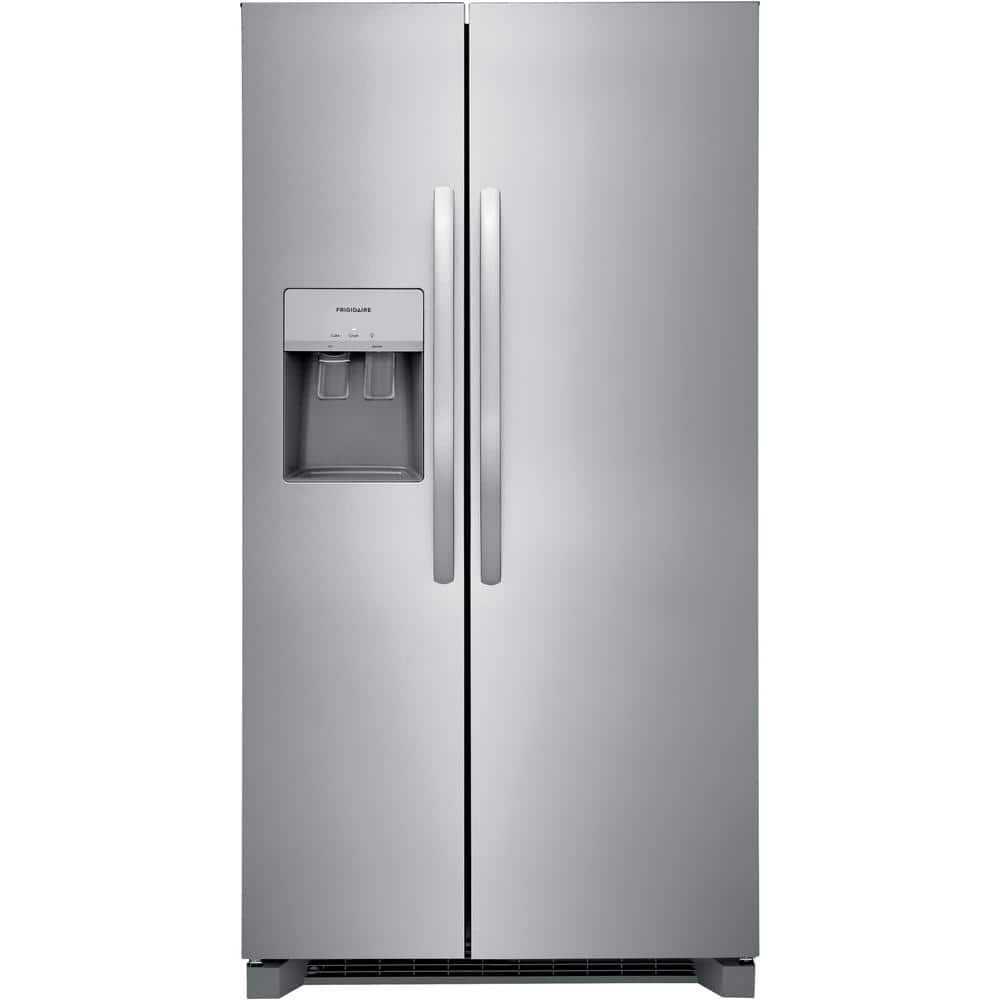
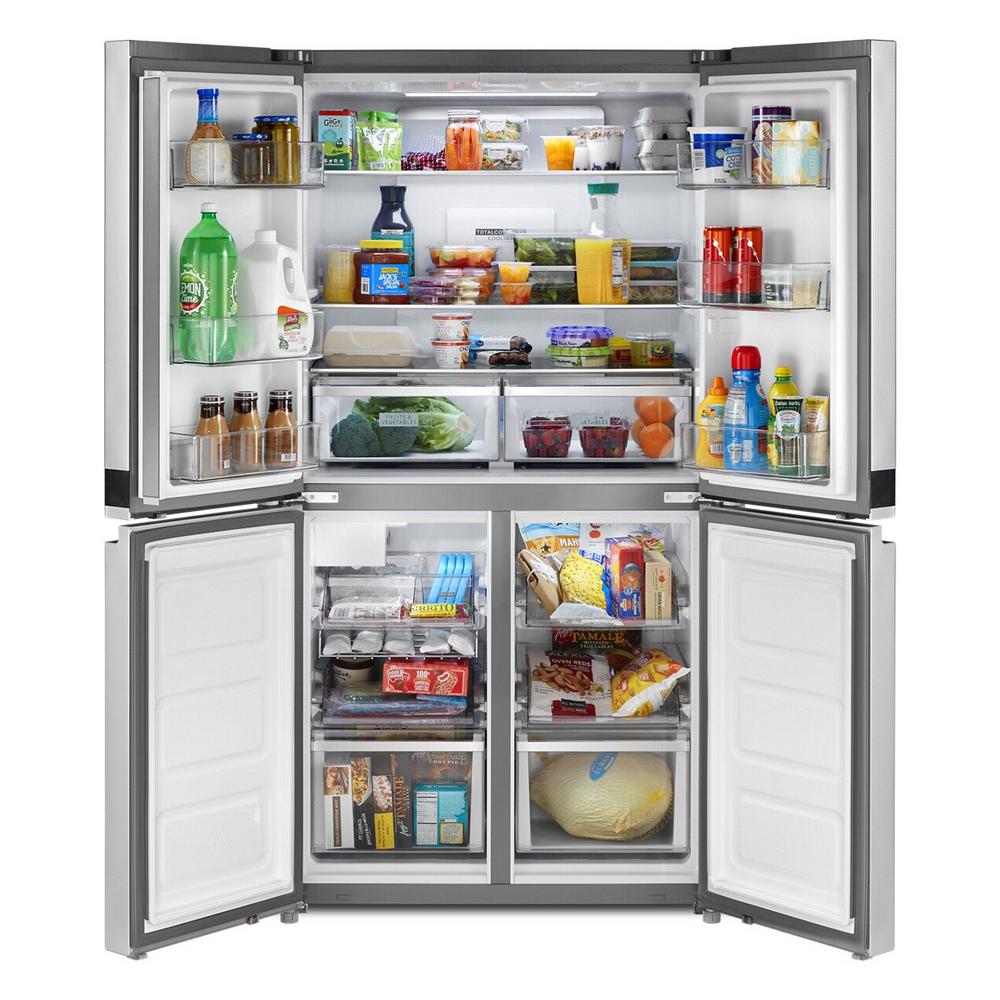
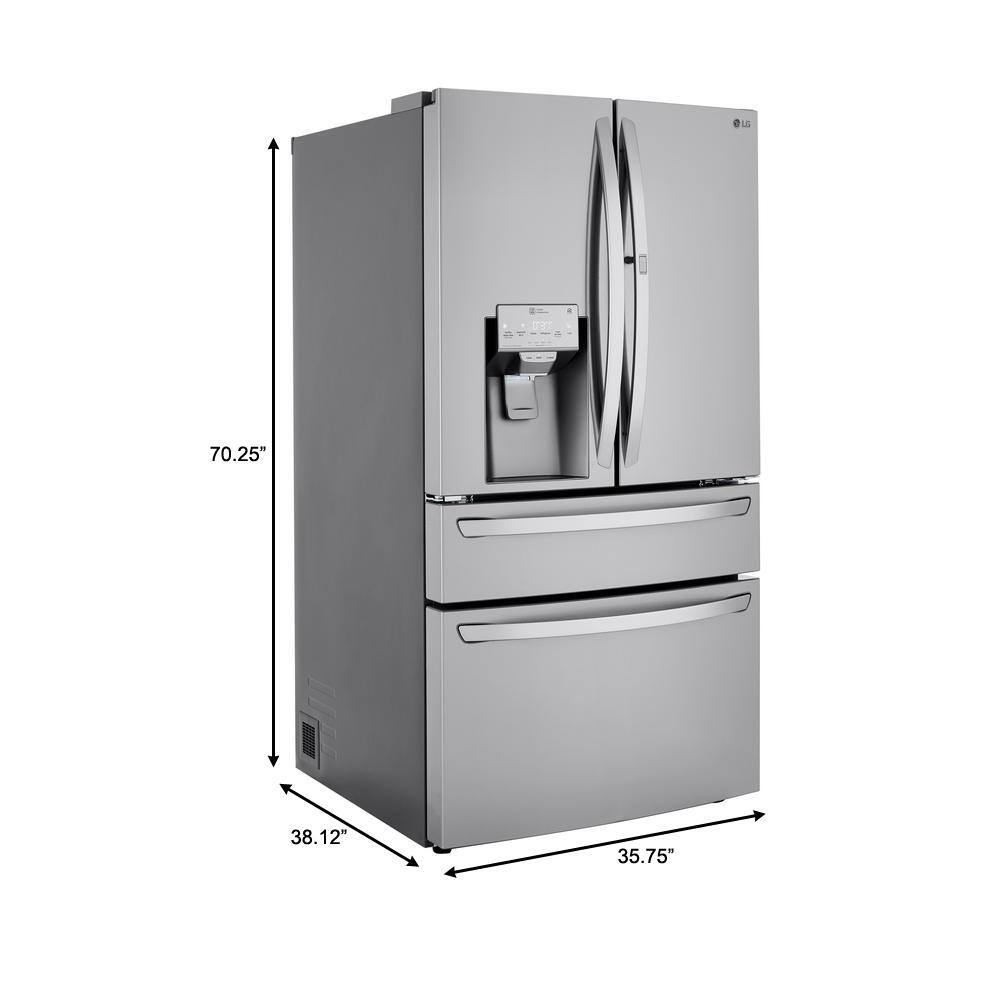
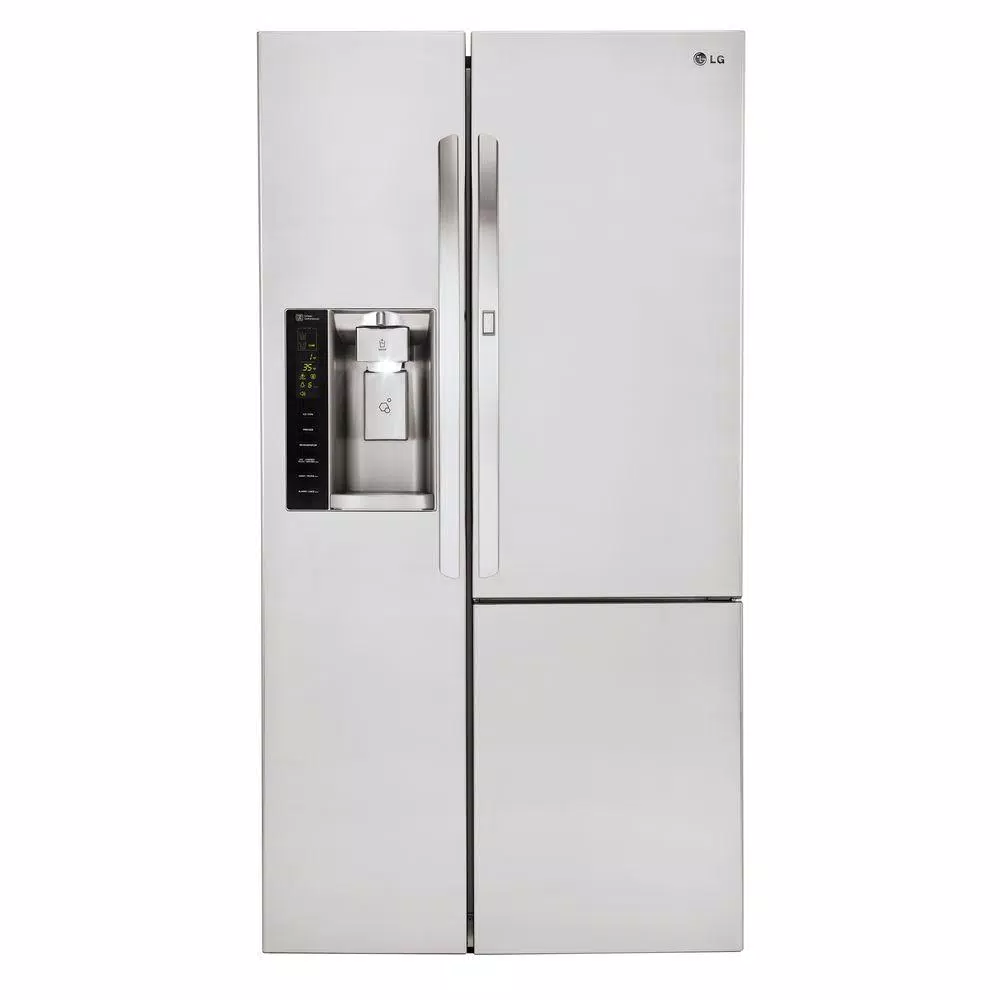
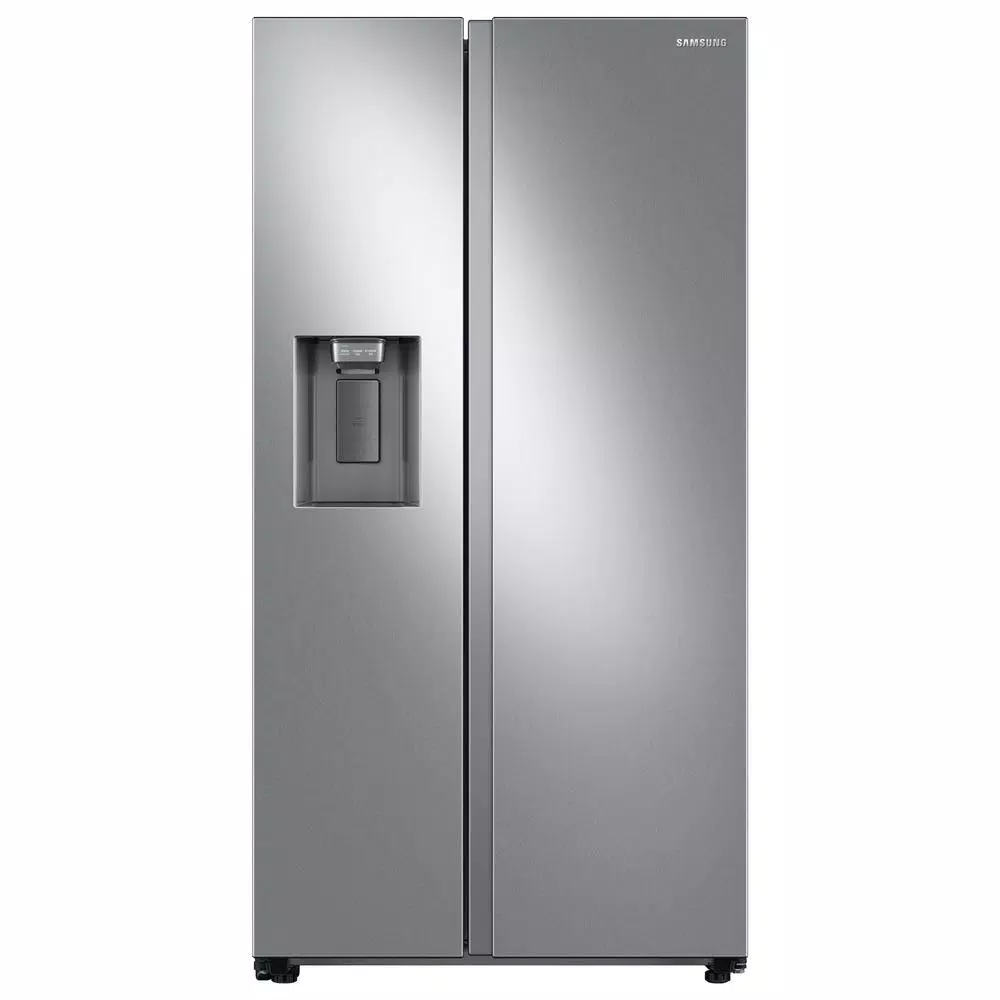
by Mindy
Beautiful desing, suits all my needs, water filtered just from the fridge door, love these products.
by Hozer
I am assuming that there is a fan that runs continually because my new refrigerator never shuts off. That is a little annoying having to hear it running.
by Tim
Works good. A little slow to make ice.
by Silva
every thing is great with frigidaire but; one problem i didnt know it would be this hard to find a water filter for it seem like everyone use the fppwfu01 so i family in MISS. AN MARYLAND to help me find one everything else is very good.
by Nila
I like it fine, think the water and ice levers are a little close together. Working great, love the light inside!
by Bob
Such a wonderful upgrade from our old fridge. This is our first refrigerator with an ice and water dispenser. I now couldn’t have another without it. The interior room is massive and the lighting makes it easier to see the contents. In the past, we had 2 stand alone freezers. Because of the room in this, we were able to give one freezer to a friend who was down on her luck. I especially like the digital control incorporated into the freezer door. Ingenious!! We love our new refrigerator and so glad it was available in white. We looked for a while before finding this and so glad we did. Thank you Frigidaire!!